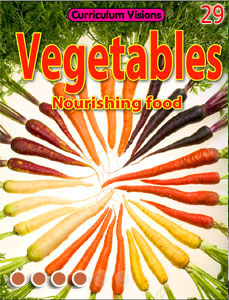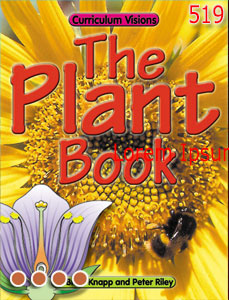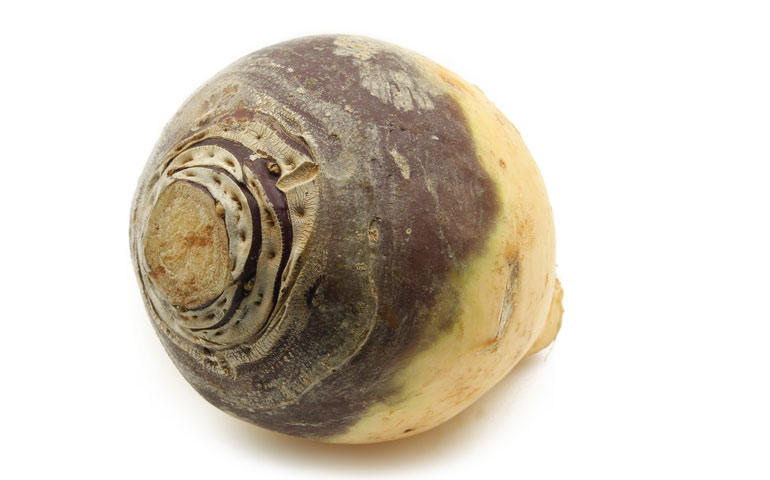Swedes (UK and Commonwealth) are known as Rutabaga in North America. The name swede comes from the fact that the vegetables were first cultivated in Sweden. The name Rutabaga is the Swedish for turnip. It is root vegetable with a hard orange root and purple to yellow skin. It originated as a cross between a cabbage and a turnip, and is really the root of a cabbage-looking plant. It is eaten by people as a vegetable, and also left out in fields for animals to eat during winter.
It was introduced to Britain from Scandinavia in the 18th century and then to North America and the Commonwealth.
It can be sliced and fried, baked ,boiled, as something to give soups more 'body. It is often cooked as a normal vegetable to be eaten with meat and potatoes.
In Sweden it is eaten with boiled ham and mustard.
A mash of swede and potatoes in Wales is called ponch maip, while Welsh lamb broth with swedes is called cawl.
In Scotland, potato and swedes are boil and eaten as "tatties and neeps" ("tatties" is the Scots word for potatoes) and haggis.
But where you are most likely to find it, is in shop-bought pickle. Look for the little yellow cubes.





